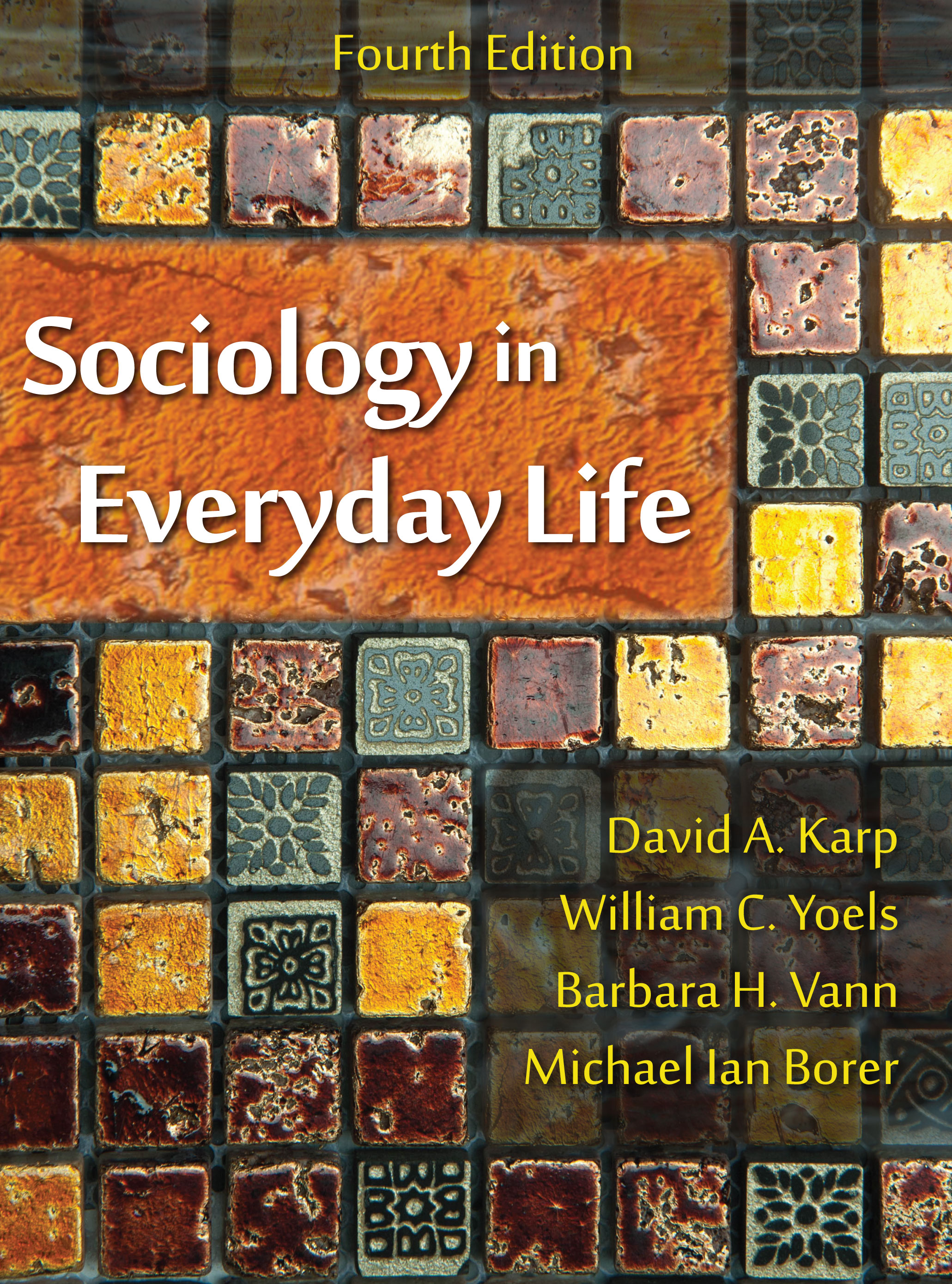Part I. DEVELOPMENT OF THE PERSPECTIVE
1. Culture and the Organization of Everyday Life
Cultural Expectations and Everyday Interactions / Social Conventions as Guides for Social Order / Beyond Social Conventions: The Interpretation of Everyday Life / The Individual–Society Relationship / The Sociology of Everyday Life
2. Socialization and the Construction of Social Reality
Symbolic Communication / Development of the Self through Interaction with Others / Social Reality and Nonconformity / Conclusion
3. Understanding Interaction
The Need for Communication in Role-Taking / Gathering and Processing Information about Others / Controlling Information and Managing Impressions / Conclusion
Part Two: ESTABLISHING SOCIAL ORDER
4. Everyday Urban Relations: Contacts among Strangers
Sociological Definitions of the Stranger / The Paradox of Doubt and Trust / The Structure of Everyday Public Behaviors / The City as a World of Strangers / Establishing Relationships with Strangers / Conclusion
5. Family, Friendship, and Love: Contacts among Intimates
Intimate Relationships in Contemporary Society / The Interactionist Perspective on Intimacy / From Strangers to Intimates: The Construction of Love Relationships / Alternatives to Marriage / Divorce / Conclusion
6. Power and Stratification: The Politics of Interaction
Power Relations in the Macro and Micro Worlds / The Relationship of Power to Role-Taking / The Subtle Faces of Power in Everyday Interactions / Conclusion
7. Social Organization: Life in Bureaucracies
The Pervasive Effects of Bureaucracy / The Bureaucratization of Modern Life / Thinking about Bureaucracy / Work in Bureaucracies / Conclusion
8. Health and Illness
Health as a Cultural Construction / Health Care Access / When Doctors and Patients Meet / The Social Construction of Illness Identities / Conclusion
Part Three: DISORDER AND CHANGE IN EVERYDAY LIFE
9. Deviance
Everyday Deviances and Deviant Careers / Embarrassment and Social Organization / Restoring Identities Damaged by Deviance / Being Different: Managing Social Stigma / Labeling Theory and Lifestyle Deviance / Conclusion
10. Aging and the Life Cycle
Age Categories in American Society / The Meanings of Age / Effects of Work and Careers on Aging / Gender and Aging / Conclusion
11. Social Change and the Search for Self
Symbols, Selves, and Society / The Therapeutic State and the Problem of Identity / Buyers and Sellers in the Identity Marketplace / Individualism, Community, and Commitment / Future Selves / Conclusion

420 pages, $55.95 list
1-4786-2821-9
978-1-4786-2821-7
© 2016
paperback
Instructor's resource materials available here
To obtain a username and password to access these materials, contact comps@waveland.com.
To obtain a username and password to access these materials, contact comps@waveland.com.
eBook availability
Sociology in Everyday Life
Fourth Edition
Over multiple successful editions, this distinctive text puts day-to-day life under the microscope of sociological analysis, providing an engaging treatment of situations and interactions that are resonant with readers’ daily experiences. Clearly written and well-researched, it reveals the underlying patterns and order of everyday life, employing both seminal classical works and contemporary analyses that define and embrace the theories and methods of symbolic interactionism.
The latest edition provides fresh insights into patterns of behavior across a wide range of settings and circumstances, connecting our individual “selves” to such issues as the effects of power differentials on social situations, changing definitions of intimacy, varied experiences of aging and the life course, and the ongoing search for meaning. Boxed inserts highlight topics of related interest, while thought-provoking discussion questions encourage readers to apply chapter content to their daily experiences.
The latest edition provides fresh insights into patterns of behavior across a wide range of settings and circumstances, connecting our individual “selves” to such issues as the effects of power differentials on social situations, changing definitions of intimacy, varied experiences of aging and the life course, and the ongoing search for meaning. Boxed inserts highlight topics of related interest, while thought-provoking discussion questions encourage readers to apply chapter content to their daily experiences.